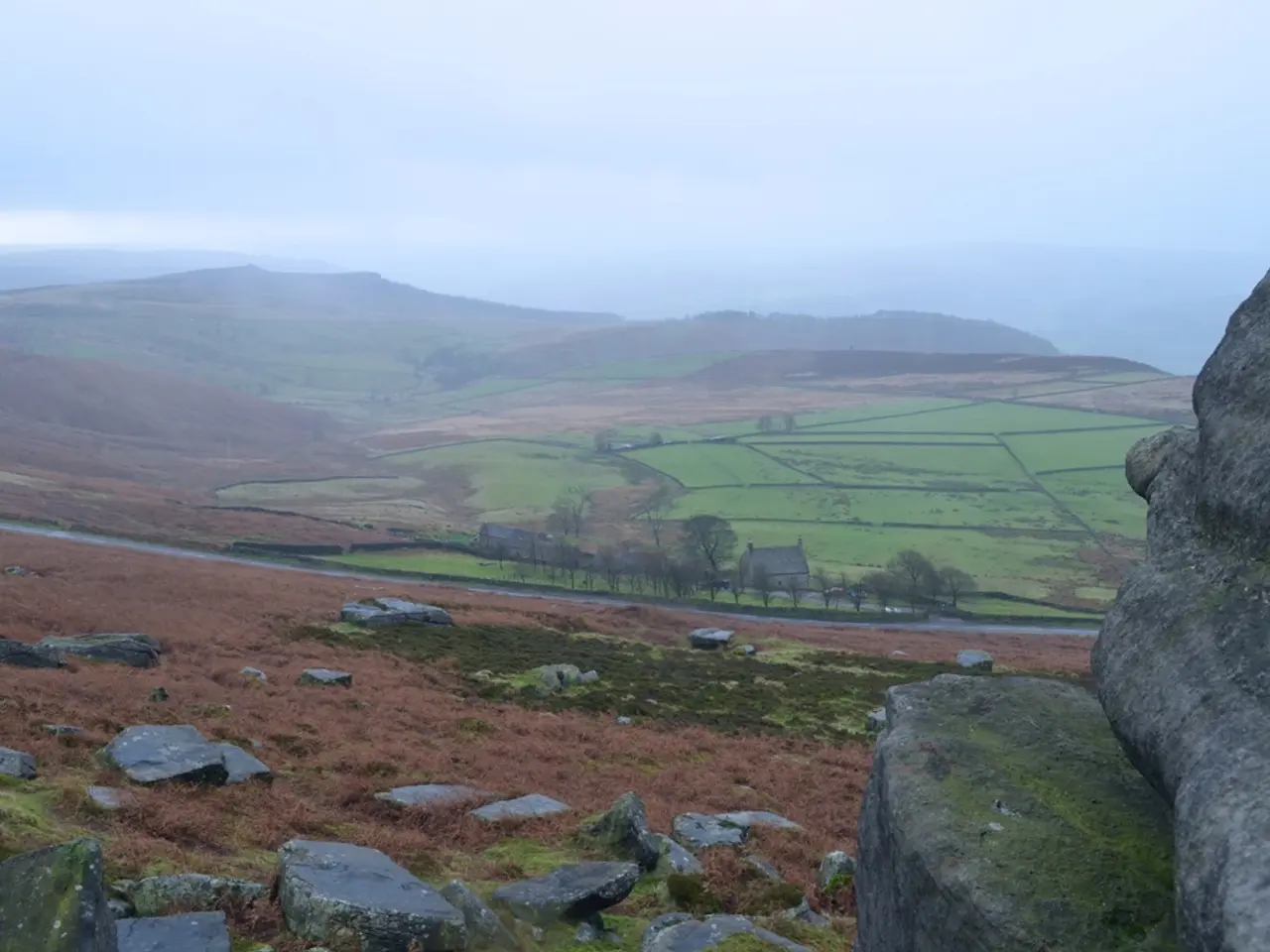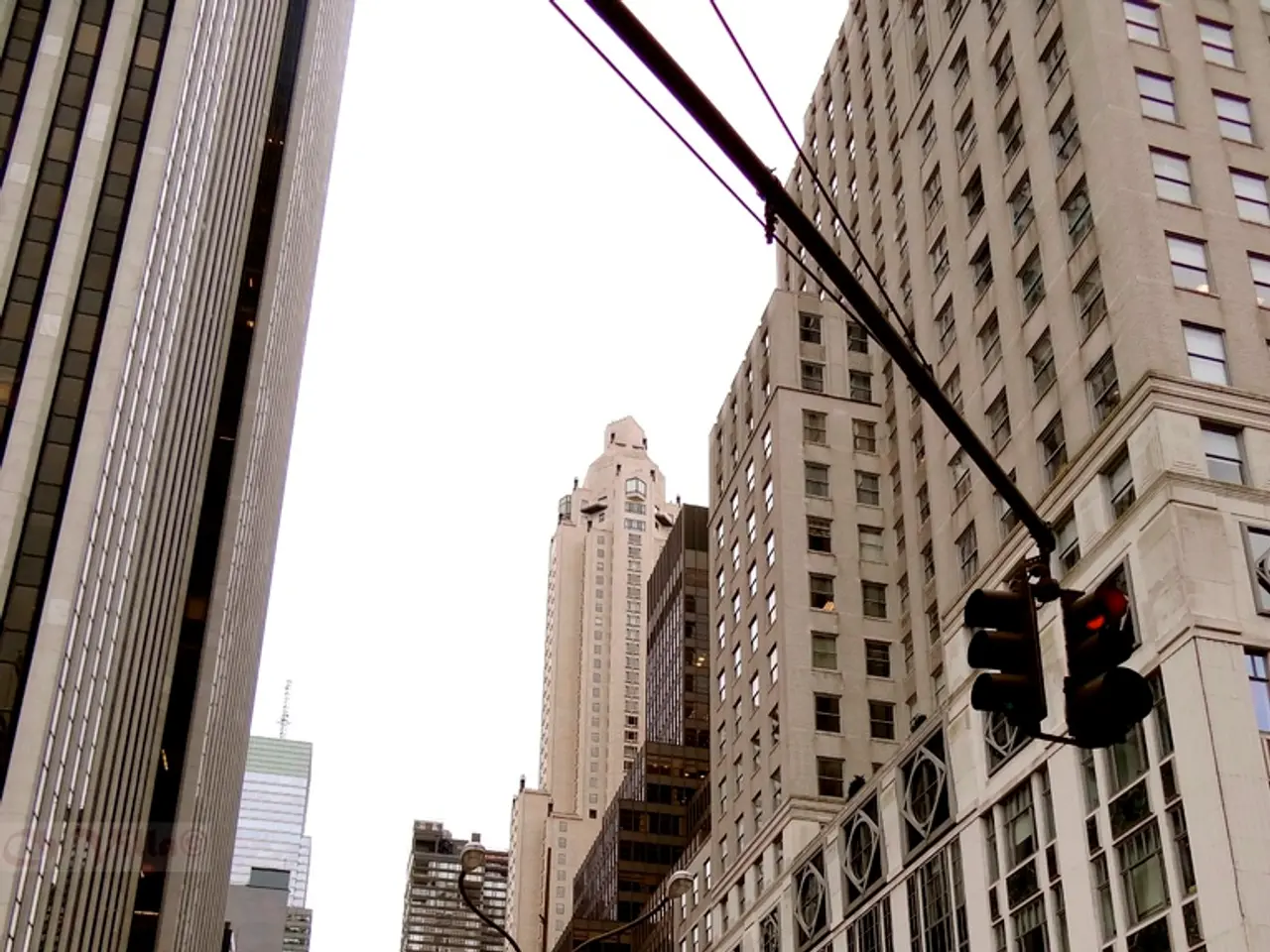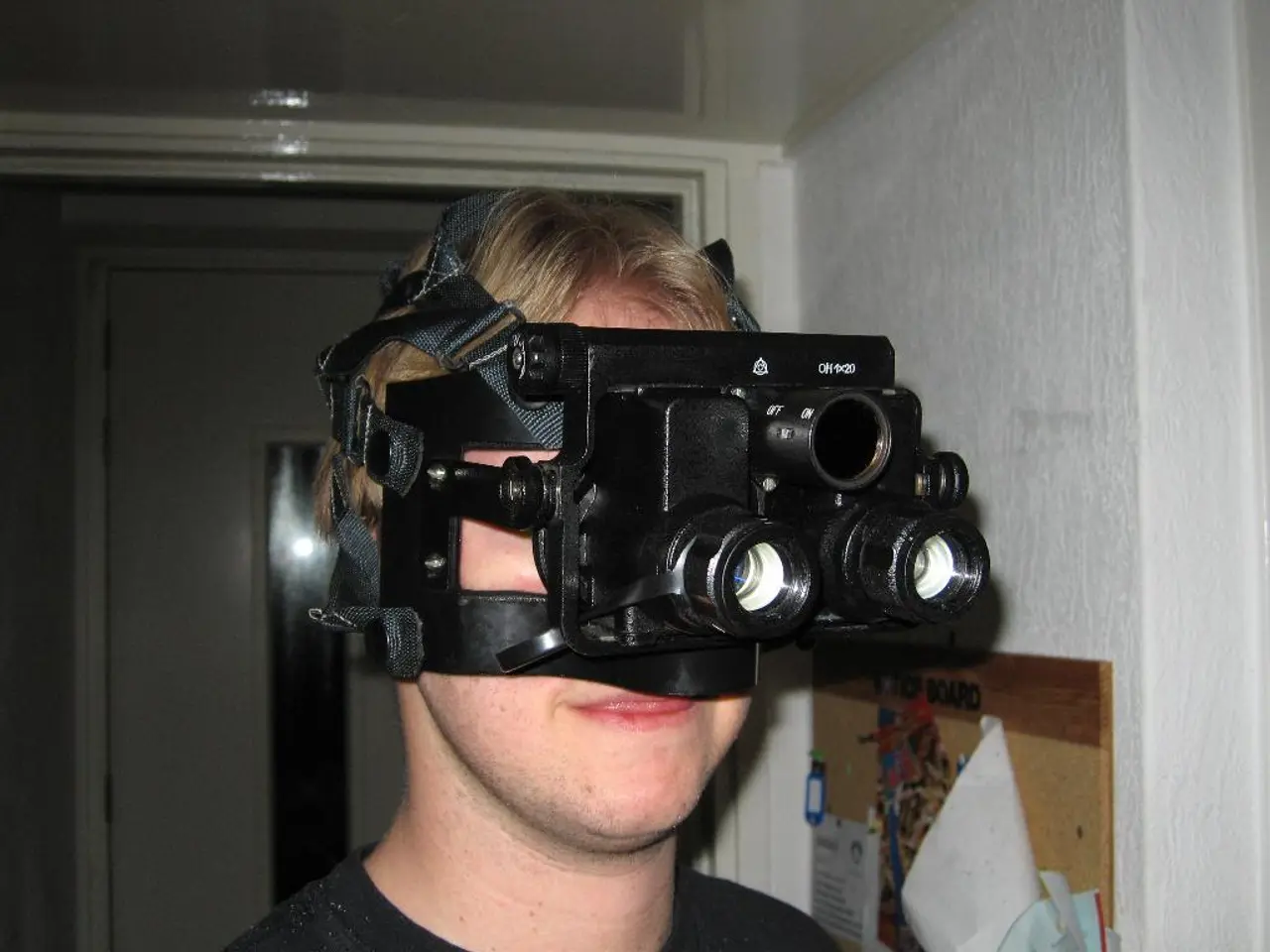Climate Regulation
In the heart of Iceland's volcanic landscape, a surprising sight emerges. Strawberries, bananas, and tourists may be seen as temporary survivors in an artificial environment, thriving in the uninhabitable land. This phenomenon is courtesy of the island's innovative geothermal greenhouses, one of the largest banana plantations in Europe residing within these heated structures.
The greenhouses, a symbol of human adaptation to the harsh Icelandic climate, raise questions about what is considered natural now. Their presence in Iceland may be a question of global exchange or a permanent alteration to the landscape.
Meanwhile, photographer Jeremy Everett embarked on a journey to capture images of life thriving in this harsh environment. His work explores the interaction of natural geothermal energy and human agricultural adaptation in Iceland's unique setting. However, specific details about his project remain elusive, as there is limited information available about Jeremy Everett’s geothermal greenhouse photography in Iceland.
Away from the greenhouses, another natural wonder unfolds. An active volcano lies just a stone's throw away from an outdoor swimming pool heated with geothermal energy. The pool's geyser erupts every 5 to 10 minutes, a spectacle that adds to Iceland's allure.
Meanwhile, Atmos Volume 10: Afterlife, a new publication, delves into the cycle of matter decomposition and reconstitution in new forms, focusing on the natural world. The title suggests a focus on the afterlife, spirituality, or the concept of rebirth, but the content of the publication remains undisclosed. Atmos Volume 10: Afterlife, however, is not related to the geothermal greenhouses, banana plantations, or volcanic landscapes in Iceland.
As we explore the wonders of Iceland, the line between nature and human intervention becomes increasingly blurred. The greenhouses, the volcano, and the pool all serve as reminders of humanity's ability to adapt and thrive in even the most inhospitable environments. And as for what comes next in the natural world, Atmos Volume 10: Afterlife offers intriguing possibilities, if not specific answers.
- The geothermal greenhouses in Iceland, a fusion of human adaptation and the natural world, are stimulating conversations about the redefinition of 'natural' in the climate-change era.
- It is unclear whether the presence of these geothermal greenhouses in Iceland signifies global exchange or a permanent alteration of the environment, raising questions about human impact on the environmental-science field.3.Json Everett, a photographer, is documenting life's adaptations in Iceland through his project focusing on the interaction between geothermal energy and human agricultural adjustments.
- Atmos Volume 10: Afterlife, a recent publication, delves into the natural world, concentrating on the death and life cycle, offering fascinating insights on the effects of human intervention within the cycle, hinting at possibilities rather than explicit answers.




